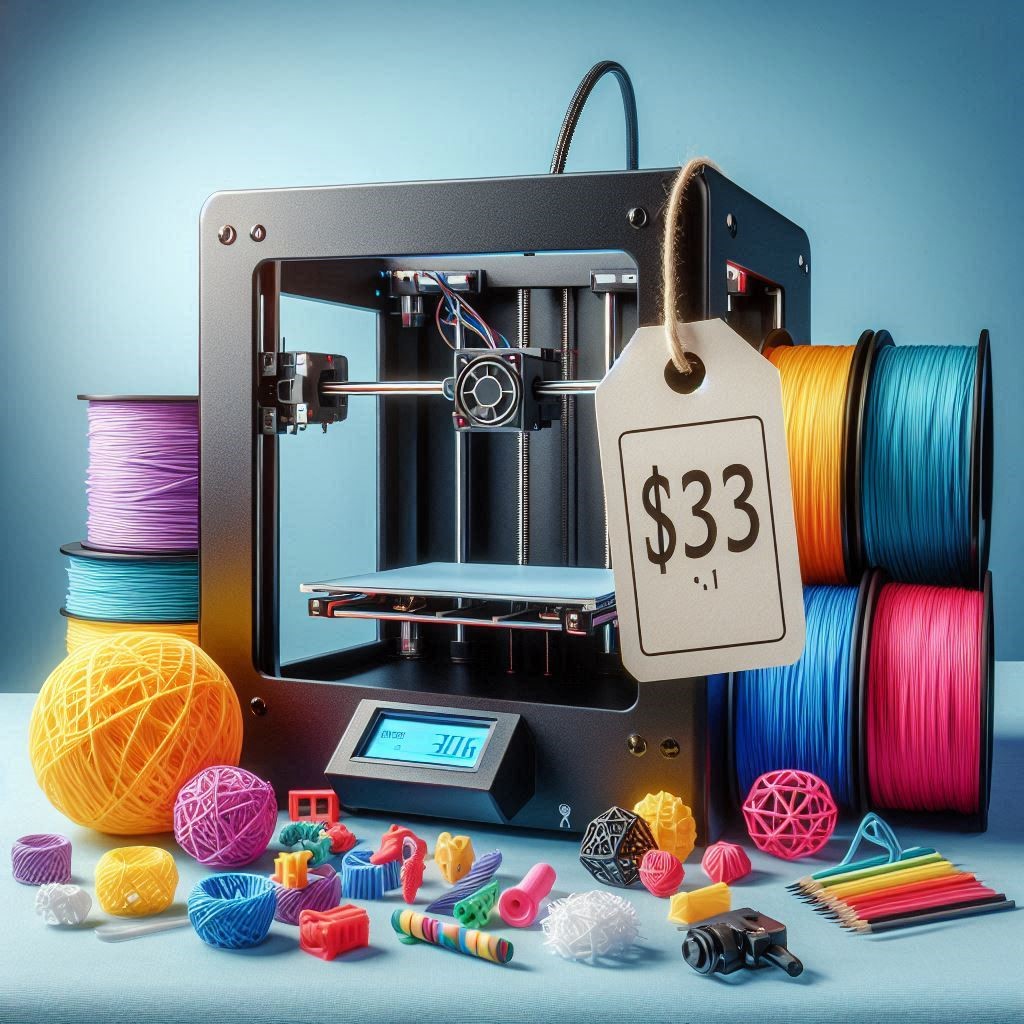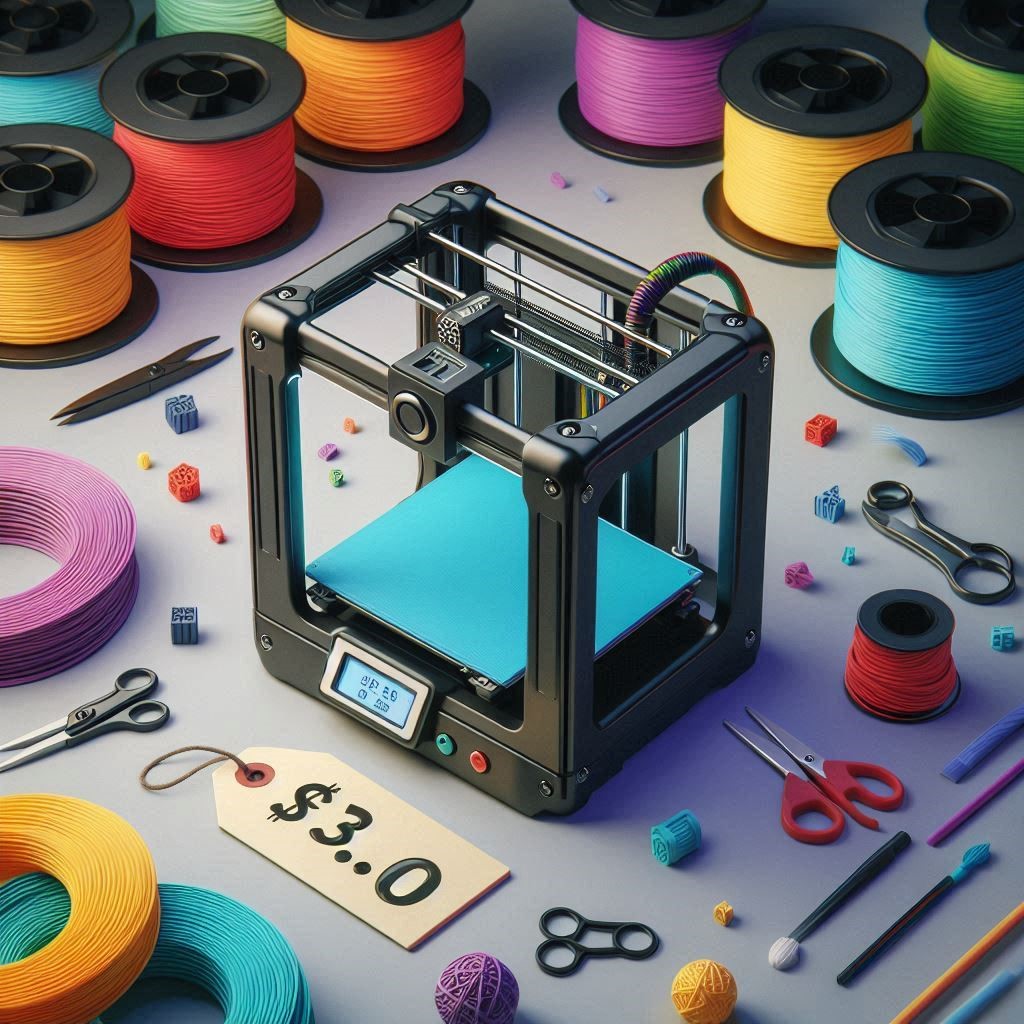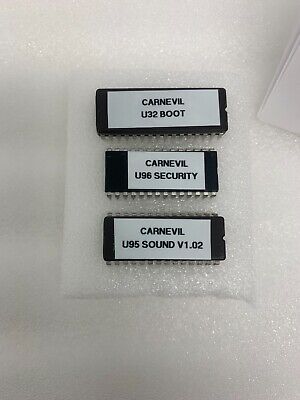3D Printing
3D printing has revolutionized the way we create and innovate. From intricate designs to functional prototypes, this technology offers a world of possibilities right at our fingertips. But with all the buzz surrounding 3D printers, one question looms large: how much do 3D printers cost?
Whether you’re an enthusiastic hobbyist or a professional looking to enhance your workflow, understanding the costs involved is essential. This blog post will navigate through various printer types, price ranges, and hidden expenses that can influence your purchasing decision. Let’s dive into the world of 3D printing and break down what it really takes to bring these machines home!
Types of 3D Printers and Their Features
3D printers come in various types, each suited for specific applications and user needs. Fused Deposition Modeling (FDM) is the most common type. It melts thermoplastic filament layer by layer, making it ideal for beginners and hobbyists due to its affordability.
Stereolithography (SLA) uses a laser to cure liquid resin into solid objects. This method offers high precision and intricate details but typically comes at a higher price point.
Selective Laser Sintering (SLS) works with powdered materials, fusing them using lasers. It’s popular in industrial settings because of its strength and durability.
Digital Light Processing (DLP), similar to SLA, utilizes light to polymerize resin but can print faster thanks to its use of projectors.
Each type has distinct features that cater to different projects—from prototyping toys or tools to producing functional parts for engineering applications. Understanding these options helps you choose the right machine for your purpose.
Factors That Affect the Cost of a 3D Printer
When diving into the world of 3D printers, various elements play a significant role in determining their price. One primary factor is the printer’s technology. Fused Deposition Modeling (FDM) printers are generally more affordable than Stereolithography (SLA) or Selective Laser Sintering (SLS) models.
Another important aspect is build volume. Larger print areas often come with higher costs due to increased material and engineering requirements. The resolution capability also impacts pricing; machines that produce finer details typically carry a premium.
Brand reputation can’t be overlooked either. Established brands may charge more for reliability and customer support compared to lesser-known competitors.
Additional features such as dual extrusion capabilities, touchscreen interfaces, and connectivity options can bump up the price tag significantly. Each of these factors combines to create a diverse range of costs within the 3D printing market.
Entry-Level vs. Professional 3D Printers
Entry-level 3D printers are ideal for beginners. They offer a user-friendly experience, making them accessible to those new to the technology. These printers typically use FDM (Fused Deposition Modeling) techniques and have straightforward interfaces.
On the other hand, professional 3D printers cater to serious users and industries. They often utilize advanced technologies like SLA (Stereolithography) or SLS (Selective Laser Sintering). This allows for high precision and better material options.
When comparing costs, entry-level models range from a few hundred dollars to around a thousand. In contrast, professional machines can start at several thousand and climb into the tens of thousands based on features and capabilities.
The choice between these types depends on your goals—whether you want to explore as a hobbyist or invest in production-grade equipment for business applications.
Price Range for Different Types of 3D Printers
The price range for 3D printers can vary significantly depending on the type and technology used. Entry-level FDM (Fused Deposition Modeling) printers often start around $200 to $500. These are great for beginners or hobbyists who want to experiment without breaking the bank.
For those looking at more mid-range options, you’ll find models between $600 and $2,000. These printers typically offer better quality prints, larger build volumes, and enhanced features like dual extrusion capabilities.
On the higher end of the spectrum, professional-grade machines can easily exceed $5,000. Industrial 3D printers utilize advanced technologies such as SLA (Stereolithography) or SLS (Selective Laser Sintering). They deliver exceptional precision and are ideal for businesses requiring rapid prototyping or production runs.
Each category has its unique offerings tailored to different needs and budgets. Understanding these distinctions is crucial when diving into the world of 3D printing.
Additional Costs to Consider When Purchasing a 3D Printer
When diving into the world of 3D printing, it’s vital to look beyond just the initial purchase price. Various additional costs can sneak up on you.
First, consider filament or resin expenses. Different materials come with varying price tags and qualities. A good supply will keep your projects running smoothly.
Next, maintenance is key. Regular upkeep might require replacement parts like nozzles or build plates, adding to your overall budget.
Don’t forget software! While some basic programs are free, premium design tools often carry subscription fees or one-time costs that can quickly add up.
Think about workspace setup. Proper ventilation for certain materials and a designated area for printing may necessitate further investment in equipment or infrastructure.
Tips for Finding the Best Deal on a 3D Printer
Finding the best deal on a 3D printer requires some savvy shopping. Start by comparing prices across multiple retailers. Online marketplaces often have competitive rates and seasonal discounts.
Join forums and online communities dedicated to 3D printing. Members frequently share insider tips on sales or exclusive promotions you might miss otherwise.
Don’t overlook refurbished models. They can offer significant savings while still delivering great performance if purchased from reputable sellers.
Timing is also key; look for deals around major holidays or during events like Black Friday when many brands slash their prices drastically.
Keep an eye on upcoming model releases. New versions can lead to price drops in older models, allowing you to snag a quality printer at a reduced rate without sacrificing functionality.
From Hobbyist to Professional: How Much Do 3D Printers Cost
The journey from hobbyist to professional in the world of 3D printing is an exciting one. As your skills grow, so does the need for a more advanced printer.
Entry-level models typically range from $200 to $500. These machines are perfect for beginners and casual users, offering decent quality without breaking the bank.
However, as you dive deeper into complex projects or start a business, costs can escalate quickly. Professional-grade printers often start at around $2,000 and can soar past $10,000 depending on features like speed, precision, and material compatibility.
Investing in higher-end equipment means accessing superior technology that enhances creativity and productivity. The choice between affordability and capability becomes crucial as ambitions expand beyond simple prints to intricate designs or large-scale production runs.
The True Cost of Innovation: How Much Do 3D Printers Cost
When diving into the world of 3D printing, it’s essential to recognize that innovation comes with a price tag. The upfront cost of a 3D printer can vary dramatically based on its capabilities and features.
Entry-level models may start under $200, perfect for hobbyists eager to experiment. Meanwhile, advanced machines designed for professional use can soar well above $5,000.
But the financial considerations don’t stop at purchase price. Maintenance expenses, quality materials, and software licenses add layers to your investment. Specialized filaments or resins might be necessary depending on your projects’ demands.
Understanding these costs is crucial for anyone considering this technology. It requires weighing initial investments against potential returns in creativity and efficiency within various industries.

Price Points Explained: How Much Do 3D Printers Cost?
When exploring how much 3D printers cost, it’s essential to understand the various pricing tiers based on features and capabilities. Entry-level models can start as low as $200, making them accessible for hobbyists or those just starting their 3D printing journey. These printers typically use FDM technology and are great for basic projects.
Mid-range options often range from $500 to $2,000. These printers offer better precision and a wider variety of materials. They are suitable for enthusiasts who want more than just simple prints but aren’t quite ready to invest in professional-grade machines.
Professional-grade 3D printers come with a significant price tag, usually starting around $2,500 and can extend well beyond $10,000. These high-end models feature advanced technologies like SLA or SLS printing, enabling intricate designs with superior quality—ideal for industries such as engineering or healthcare.
It’s also crucial not to overlook additional costs that may arise from maintenance supplies like filaments or resins. Software upgrades might be necessary too when you dive deeper into the craft.
Understanding how much 3D printers cost involves looking at your specific needs—from casual hobbyist usage to professional demands—and balancing that against your budget constraints. The right printer is out there waiting; it’s all about finding one that fits your goals without breaking the bank!



